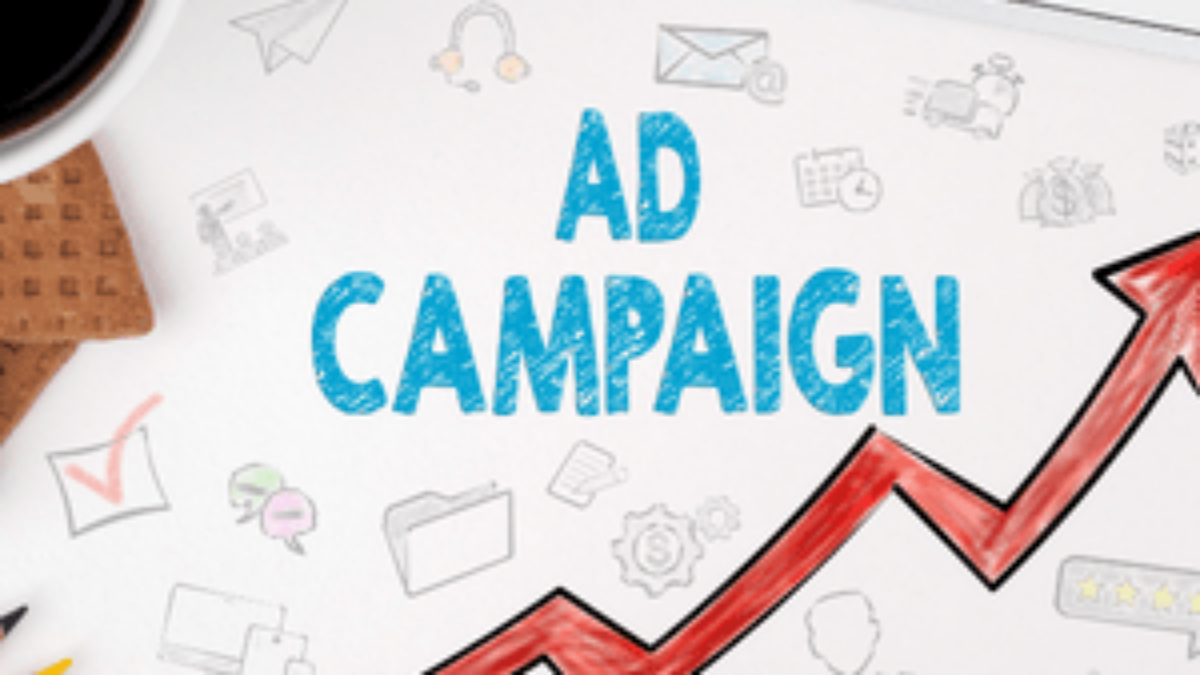As a small or start up-business, gaining media attention is important for growth and gives your SEO a significant boost. But, it can often feel like a daunting, nay impossible task. Where do you even begin? And do you need a big budget to make a difference?
At Cedarwood Digital, we work with clients of all shapes and sizes, with a variety of budgets. So, we know first-hand that you can make an impact, regardless of size or budget.
We’ve rounded up our top tips and broken down the process of landing coverage for your business, so you can start a media storm.
1. Understand what journalists want to see
When creating a press release, keep in mind that journalists receive countless similar emails each day. Focus on providing something valuable that they can’t get elsewhere! Create fresh content that either supports established ideas with research or challenges them with new data. Surveys that provide journalists with interesting and topical statistics are a great way to get your business featured in the press. Whilst there are companies that will run surveys for you, these can be costly, so SMEs can benefit from using their own customer databases to conduct surveys and research.
Images are also crucial for a strong press release, as we live in an increasingly visual world. Including a few good images to support your press release saves journalists time and could be the difference between your story getting picked up and falling flat.
2. Know your target audience
Craft a unique angle that makes your story resonate with the publications you’re looking to target. Try not to generalise content and send it across all genres of media – this will be obvious to the journalist and appear lazy. It’s best to brainstorm and research topical news, upcoming events and media trends relevant to your brand to ensure your content hits the right mark. Don’t neglect regional press, as a local angle can also be a great hook. Though regional publications may have a smaller audience than nationals, they offer the chance to showcase news on a local scale and can be easier to land features in than the bigger publications. If you’re offering research and statistics that cover the whole of the UK, try breaking your research down into key city demographics so that it is more relevant to regional publications.
3. Build a comprehensive media list
Whilst you may already be familiar with some key publications you would like to target, it’s useful to go beyond the obvious and expand your horizons to more niche publications as well. It’s a good idea to think about your ideal customer, and then pinpoint the media outlets they would be using for their news. There are numerous online tools to help you build out a thorough media list – with everything from trade journals to nationals. Tools like Roxhill Media, Muckrack, and Cision offer subscriptions, allowing you access to media databases. Or for those with smaller budgets, websites like Hunter.io allow a limited number of free searches for journalist contacts. Both X (Twitter) and LinkedIn can also be good places to start building connections. Monitor #journorequest and #prrequest on X (Twitter) to find relevant feature opportunities and connect with journalists on LinkedIn.
We recommend keeping your media list nice and organised. Categorise the publications by type, size, and geographic reach to make your life easier when you get to the outreach stage.
4. Research the targeted journalist
Once you’ve built your media list, double check that the journalist specialises in your topic. Ensure you’ve got accurate contact details noted as first impressions count and you don’t want to come across as unprofessional!
Make sure to stay on top of deadlines and publication dates to ensure timely outreach and avoid interrupting journalists when they’re working against the clock. There’s no problem in getting in touch to ask if a certain topic is of interest, but don’t harass them. If you’ve followed up twice via email and have still not had a response, then unfortunately the journalist may just not be interested in your pitch.
5. Design your press release to make an impression
Structure press releases in a way that makes them easily digestible to busy journalists. Generally, try to stick to the following rules:
- ➡️Use a snappy and attention-grabbing headline; assume the journalist is in a rush and reading it on their phone, it needs to grab them!
- ➡️It can be useful to think about your press release as an inverted pyramid. Immediately summarise the gist of the content in the first paragraph, making sure to answer the 5 Ws (who, what, where, when, why). Then, bring in your additional context below with the information becoming less vital as you move down the page.
- ➡️Avoid technical terms which aren’t accessible.
- ➡️Support your story with evidence or data where possible. In particular, including a shocking statistic in the headline is a good technique to get your release noticed and show journalists that it’s news.
- ➡️Include your contact information at the end of the press release, and make sure to be available for follow up calls.
- ➡️A ‘Notes to the Editor’ section at the bottom of the release is always useful. This is where you can include relevant background information that does not feature in your press release, such as an overview of your business’ services, how you conducted your research or a brief history of your business.
- ➡️Then you’re ready to press send!
6. Add supporting information & special extras to the press release
To give your press release a bit more zest, it’s worth considering what extra support you could provide to each journalist. Publications often want to get unique angles on stories to avoid duplicated articles, so think about offering a case study, interview or photograph to sweeten the deal.
If you have a larger publication in mind that you are eager to work with, then you could offer them the exclusive on the story first; being featured in one large publication with a significant audience could be more worthwhile than coverage in multiple smaller publications.
7. Build relationships with journalists
To establish long-term media relationships, provide journalists with a steady stream of good content, stick to deadlines, and be readily available for interviews and commentary. This way, you’ll create a great reputation for yourself as a useful contact and build a lasting relationship with the press.
Land media coverage with the help of professionals
With these tips under your belt, you should now be in the best position to get out there and secure coverage for your business. Need a hand getting started? Our digital PR team here at Cedarwood Digital have a proven track record. We deliver campaigns that land you 100% earned links and coverage from top publications because we know what the journalists want to see, and how to execute it.
We’ve achieved excellent results for both SMEs and large international clients alike. Get in touch today to get your brand in front of its target audience.













